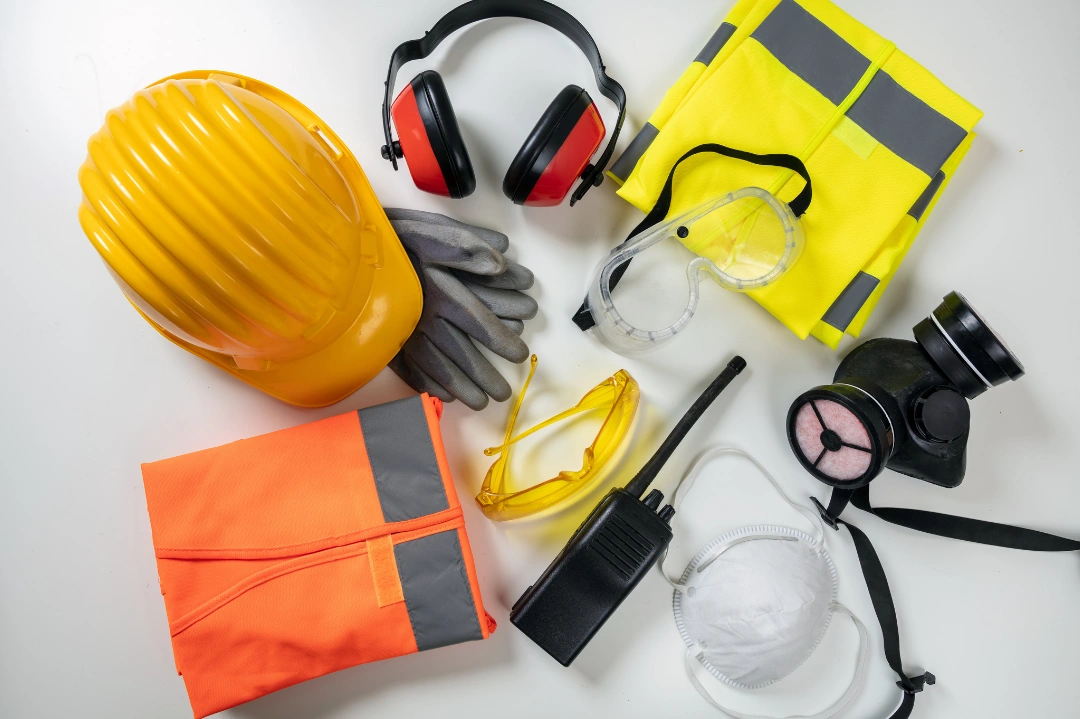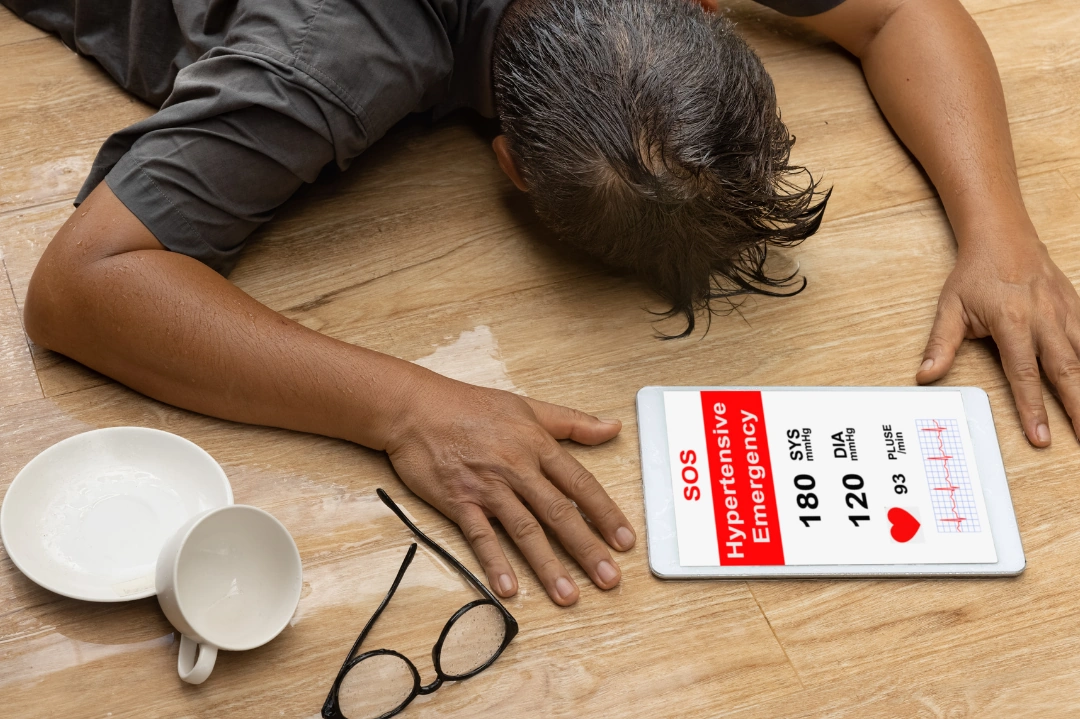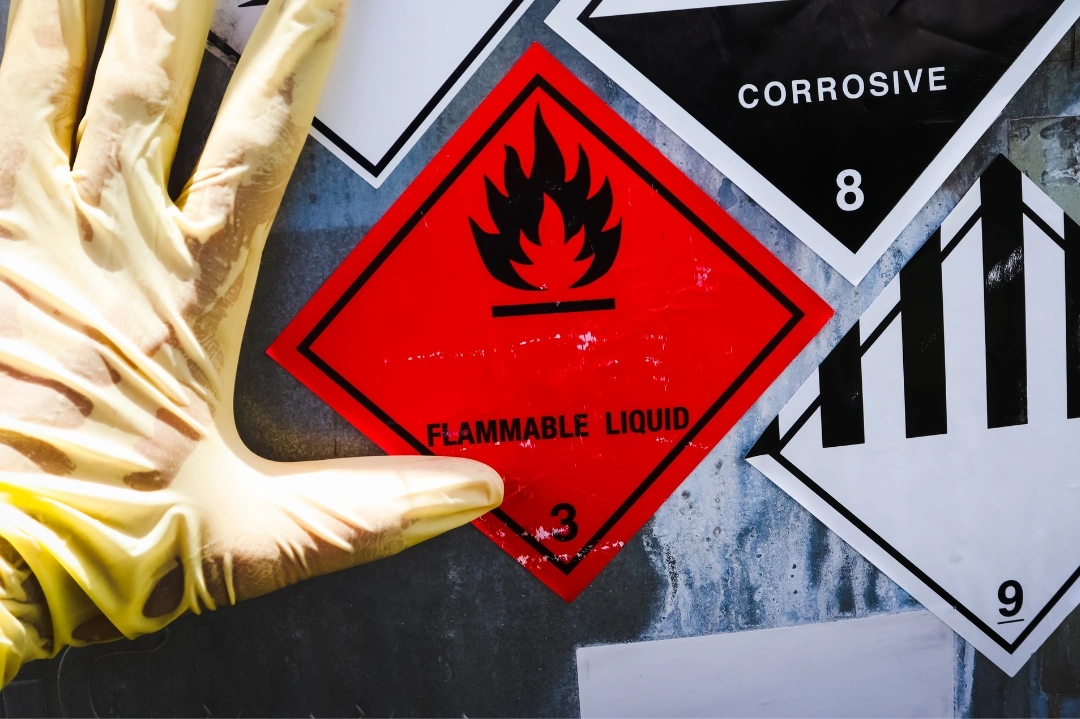
The Top 3 Personal Protective Equipment Devices For Lone Workers
In today's fast-paced work environments, ensuring the safety of lone workers is more necessary than ever. These individuals often operate in isolation, facing unique challenges without the immediate support of colleagues. As such, personal protective equipment (PPE) becomes a compelling tool for safeguarding their well-being. For employers, recognizing and implementing effective PPE strategies is about far more than just compliance; it's about actively contributing to a culture of safety and protection.
Personal protective equipment serves as a frontline defense against the myriad risks that lone workers encounter. Whether it’s the potential for physical injury, exposure to hazardous environments, or the need for emergency communication, PPE provides a layer of security. Explore three key examples of PPE that can significantly enhance the safety of lone workers. By investing in the right equipment, employers can help ensure their workforce remains protected, productive, and confident in their daily tasks.
Recognizing The Importance Of PPE For Lone Workers
Due to their isolation, lone workers face unique challenges, making them more susceptible to accidents and emergencies. Without colleagues nearby, the risks can range from physical dangers to environmental threats. Personal protective equipment (PPE) helps minimize these risks, safeguarding those working alone.
Employers must prioritize the safety of their lone workers by identifying job-specific hazards through detailed risk assessments. This process helps determine the necessary PPE to address potential dangers effectively. Employers must provide PPE that fits the specific jobs and the workers' demands, considering factors like the work environment and industry regulations. By doing so, they can significantly enhance the safety of their lone workers and reduce the chances of accidents.
Examples Of Personal Protective Equipment for Lone Workers
Choosing the proper personal protective equipment (PPE) is key for keeping lone workers safe. Employers must assess the specific risks each job presents to ensure adequate protection. Here are three necessary PPE items that help protect lone workers in different industries.
1. High-Visibility Clothing
High-visibility clothing is advantageous for lone workers, especially those in outdoor or dimly lit settings. These garments, made with bright fluorescent materials and reflective strips, ensure workers are easily seen. This visibility is pivotal for preventing accidents, such as being hit by vehicles or machinery.
Industries like construction, road maintenance, and logistics particularly benefit from high-visibility gear, as workers frequently encounter moving equipment. By providing quality high-visibility clothing, employers meet safety standards while simultaneously showing a commitment to protecting their employees. Ensuring workers are visible is a straightforward yet effective way to enhance safety and demonstrate care for their well-being.
2. Communication Devices With Protective Features
Communication devices with protective features benefit lone workers, offering a lifeline in emergencies. These devices come with emergency alerts and GPS tracking, allowing workers to signal for help and be located quickly by responders.
Staying connected is necessary for remote or hazardous jobs, such as utilities, forestry, or security. These devices ensure that help is always within reach, significantly reducing response times when incidents occur.
Advanced features like fall detection and man-down alerts add another layer of safety. They automatically notify emergency contacts if a worker is incapacitated, ensuring assistance is dispatched even if the worker can't call for it. Employers should integrate these devices into their PPE plans to ensure lone workers have the support they need.
3. Protective Footwear
Protective footwear is necessary for lone workers, especially in construction, warehousing, and manufacturing. These shoes are designed to guard against slips, falls, and impacts from heavy objects. Features like steel or composite toe caps, slip-resistant soles, and puncture-resistant midsoles offer needed protection. Steel-toecaps, for instance, shield feet from falling objects, while slip-resistant soles help prevent falls on slick surfaces.
Employers must provide footwear that meets safety standards and is comfortable for extended wear. Uncomfortable shoes can lead to fatigue, reduce productivity, and increase accident risks. By choosing high-quality protective footwear, employers show their dedication to worker safety, helping to prevent injuries and maintain a secure work environment.
Selecting The Right PPE For Your Lone Workers
Choosing the proper PPE for lone workers involves more than just ticking boxes. Employers need to start with a detailed risk assessment tailored to the specific tasks and environments their workers face. This helps pinpoint hazards and identify the most effective PPE to address them.
Comfort and fit are paramount. Ill-fitting gear can lead to discomfort and even increase the risk of injury. Involving workers in the selection process ensures the PPE meets individual needs while maintaining safety standards. This approach boosts comfort and also fosters a culture of safety and responsibility.
Compliance with safety regulations is also required. Employers must ensure all PPE is certified, regularly inspected, and maintained. This includes checking for wear and tear, promptly replacing damaged items, and staying updated on any regulatory changes.
Regular training is necessary for effective PPE use. Workers need to understand how to use, maintain, and recognize the limitations of their equipment. Periodic training sessions help refresh this knowledge and incorporate any updates in safety protocols or PPE technology.
Choosing personal protective equipment (PPE) is a continuous responsibility, not a one-time decision. Employers can significantly reduce workplace accidents by prioritizing proper selection, ongoing training, consistent maintenance, and demonstrating a strong commitment to creating a safe work environment.
Conclusion
Employers must ensure the safety of lone workers. Personal protective equipment (PPE) protects these workers from the risks of working alone. Employers can significantly improve their workers' safety by providing high-visibility clothing, communication devices with emergency features, and protective footwear. Empowering the right PPE goes beyond meeting regulations; it involves fostering a safety-first culture that values team member well-being.
Regularly updating safety protocols and PPE choices to reflect industry standards and technological advancements helps maintain an effective and up-to-date safety program. Employers who prioritize these practices safeguard their workforce while simultaneously building employee trust and confidence. PPE is a key component of a comprehensive safety plan for lone workers. By equipping workers with the right tools and ensuring they know how to use them, employers can help prevent accidents and ensure their workers return home safely daily.
Read More From the Lone Worker Blog
Man Down Alerts: What They Are And How They Keep Lone Workers Safe

Lone workers face heightened risks�from slips and falls to sudden medical emergencies�without anyone nearby to assist. A man down alert helps bridge that gap.
Read MoreHow To Assess Safety Hazard Risks

Employers of lone workers face the unique challenge of ensuring safety in isolated conditions. Assessing safety hazards is more than just a legal requirement. It�s a significant step toward creating a secure and efficient workplace.
Read More


